Parkinson's Disease Dopaminergic Neurons
Parkinson's disease dopaminergic neurons. Current PD medications treat symptoms. This is particularly true in the case of Parkinsons disease PD a complex neurodegenerative disorder where the most studied cells associated to the onset of motor dysfunctions are the dopaminergic neurons of the substantia nigra in the midbrain. Current PD medications treat symptoms.
Clinically moxibustion has been used to treat PD and has an apparent therapeutic effect on improving the motor symptoms of PD. The progression of symptoms is often a bit different from one person to another due to the diversity of the disease. Parkinsons disease PD results primarily from the death of dopaminergic neurons in the substantia nigra.
Epub 2012 Jun 18. However how to control the level of ferroptosis in PD remains unclear. Human iPS cell-derived dopaminergic neurons function in a primate Parkinsons disease model.
Motor symptoms that define Parkinsons disease PD are caused by the selective loss of nigral dopaminergic DA neurons. Parkinson disease PD is a multifactorial neurodegenerative disorder the etiology of which remains largely unknown. Cell replacement therapy for PD has been focused on midbrain DA neurons derived from human fetal mesencephalic tissue human embryonic stem cells hESC or human induced pluripotent stem cells iPSC.
Parkinsons disease is characterized by the degeneration and death of a particular group of nerve cells called dopaminergic neurons in two brain regions the striatum and the substantia nigra. The degeneration of the dopaminergic neurons in the brain is thought to play a key role in the development of Parkinsons disease. Parkinsons disease PD results primarily from the death of dopaminergic neurons in the substantia nigra.
By Elpida Tsika Meghna Kannan Caroline Shi-Yan Foo Dustin Dikeman Liliane Glauser Sandra Gellhaar Dagmar Galter Graham W Knott Ted M Dawson Valina L Dawson Darren J Moore. Dopaminergic neurons of the midbrain are the main source of dopamine DA in the mammalian central nervous system. Parkinsons disease PD is a neurodegenerative disorder that affects predominately dopamine-producing dopaminergic neurons in a specific area of the brain called substantia nigra.
Progressive impairment of voluntary motor control which represents the primary clinical feature of the disease is caused by a loss of midbrain substantia nigra dopamine DA neurons. Sodium phenylbutyrate controls neuroinflammatory and antioxidant activities and protects dopaminergic neurons in mouse models of Parkinsons disease.
Motor symptoms that define Parkinsons disease PD are caused by the selective loss of nigral dopaminergic DA neurons.
Cell replacement therapy for PD has been focused on midbrain DA neurons derived from human fetal mesencephalic tissue human embryonic stem cells hESC or human induced pluripotent stem cells iPSC. Parkinsons disease PD results primarily from the death of dopaminergic neurons in the substantia nigra. Alpha-synuclein aSYN pathology and mitochondrial dysfunction have been implicated in PD pathogenesis but until recently it was unclear why SNc dopaminergic neurons should be particularly vulnerable to these two types of insult. Epub 2012 Jun 18. This is particularly true in the case of Parkinsons disease PD a complex neurodegenerative disorder where the most studied cells associated to the onset of motor dysfunctions are the dopaminergic neurons of the substantia nigra in the midbrain. The main obstacle to developing neuroprotective therapies is a limited understanding of the key molecular events that provoke neurodegeneration. Human iPS cell-derived dopaminergic neurons function in a primate Parkinsons disease model. Clinically moxibustion has been used to treat PD and has an apparent therapeutic effect on improving the motor symptoms of PD. These neurons are vulnerable to degeneration because of their extensive branching and the large amounts of energy required to send nerve signals along this extensive network.
Cell replacement therapy for PD has been focused on midbrain DA neurons derived from human fetal mesencephalic tissue human embryonic stem cells hESC or human induced pluripotent stem cells iPSC. Clinically moxibustion has been used to treat PD and has an apparent therapeutic effect on improving the motor symptoms of PD. The progression of symptoms is often a bit different from one person to another due to the diversity of the disease. Parkinson disease PD is a multifactorial neurodegenerative disorder the etiology of which remains largely unknown. However how to control the level of ferroptosis in PD remains unclear. Induced pluripotent stem cells iPS cells are a promising source for a cell-based therapy to treat Parkinsons disease PD in which midbrain dopaminergic neurons progressively degenerate. The degeneration of the dopaminergic neurons in the brain is thought to play a key role in the development of Parkinsons disease.









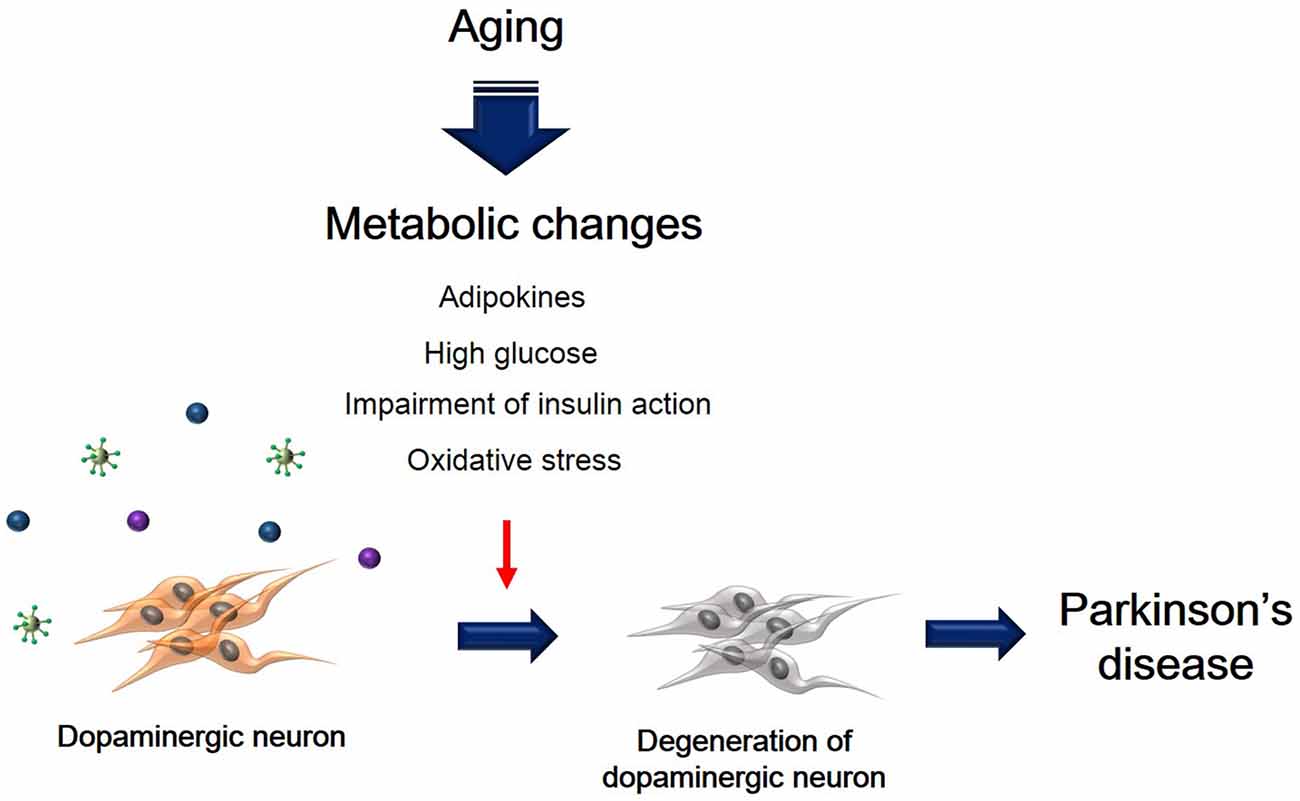

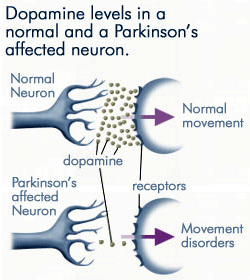
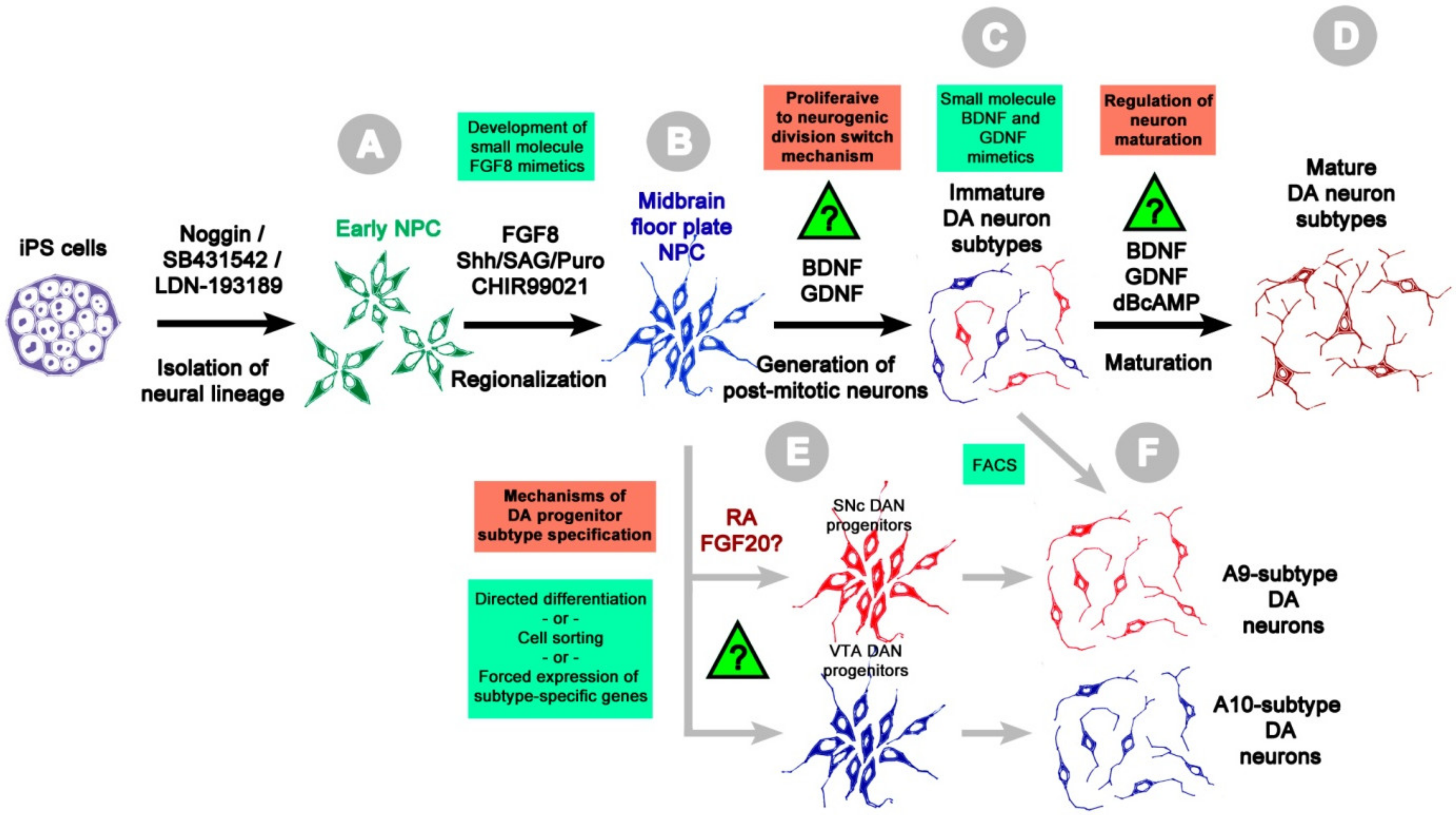



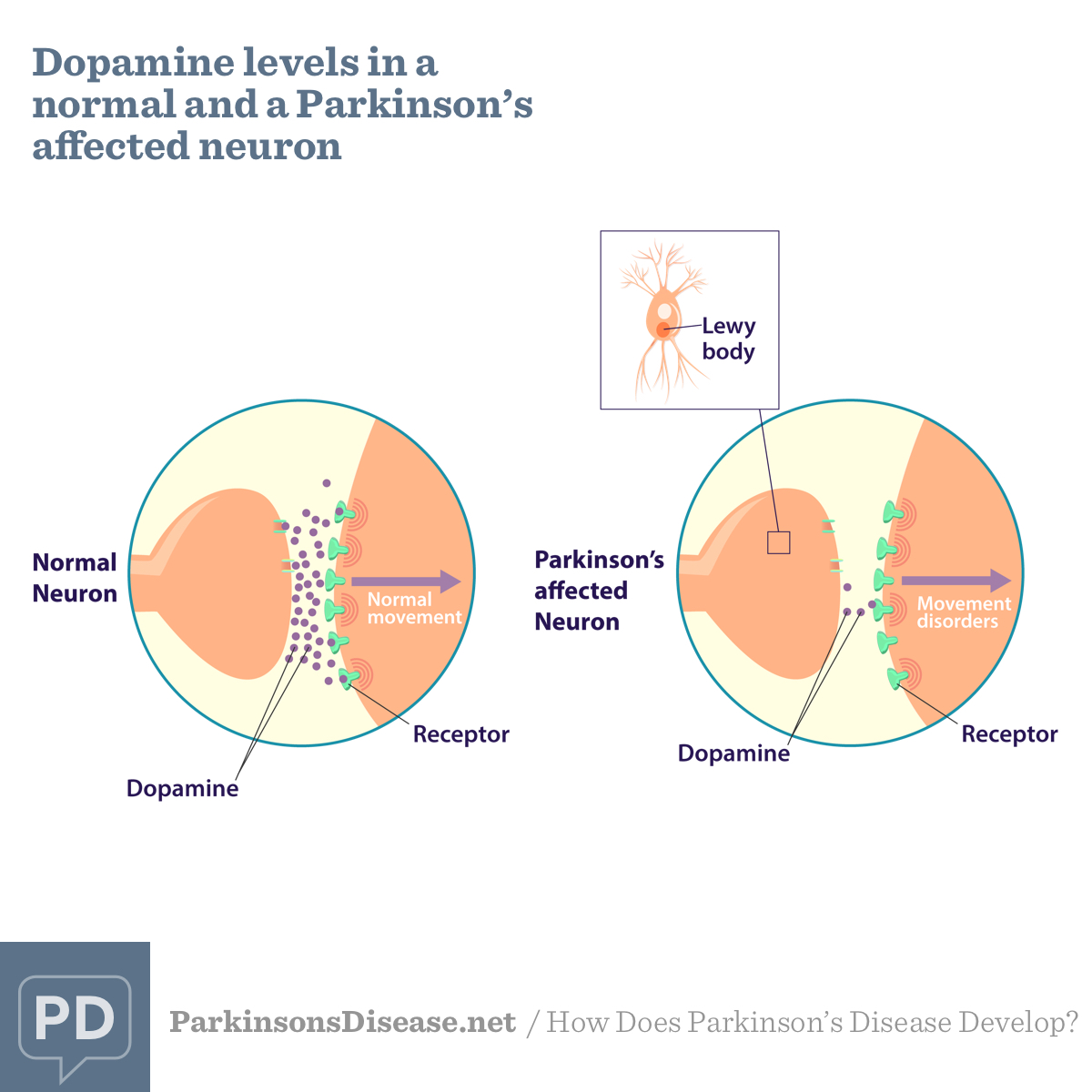





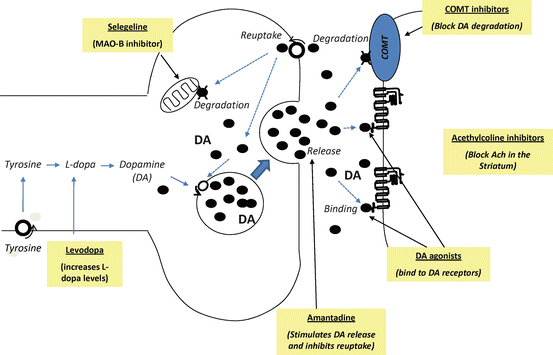
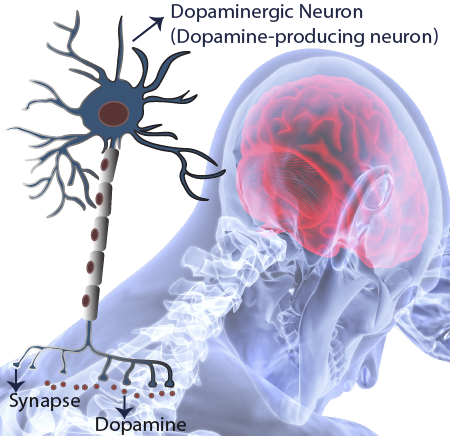





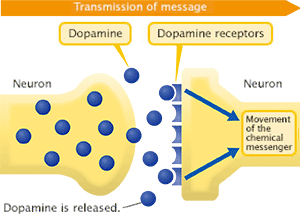


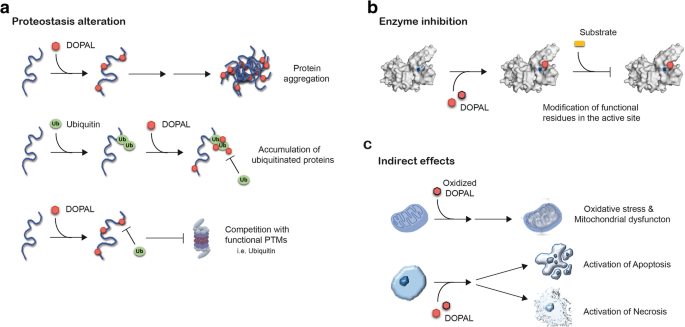
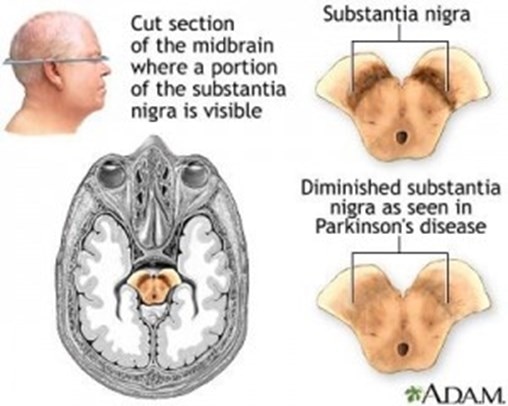


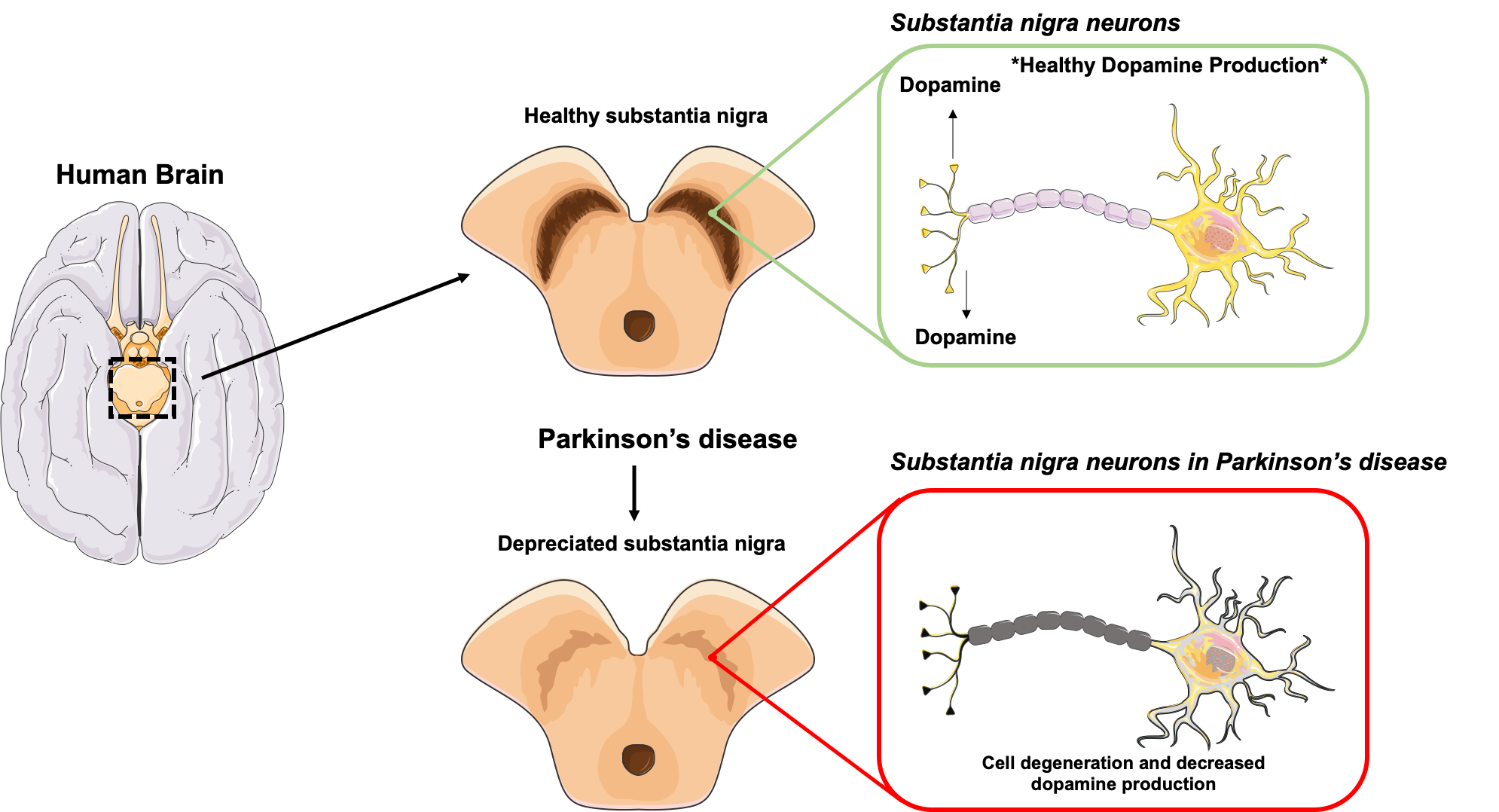
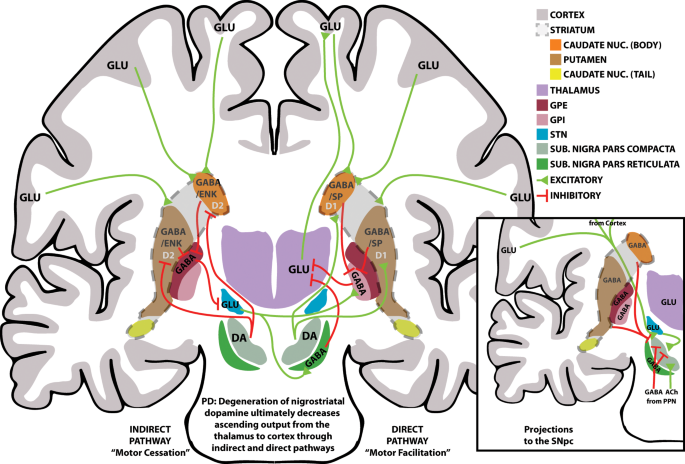
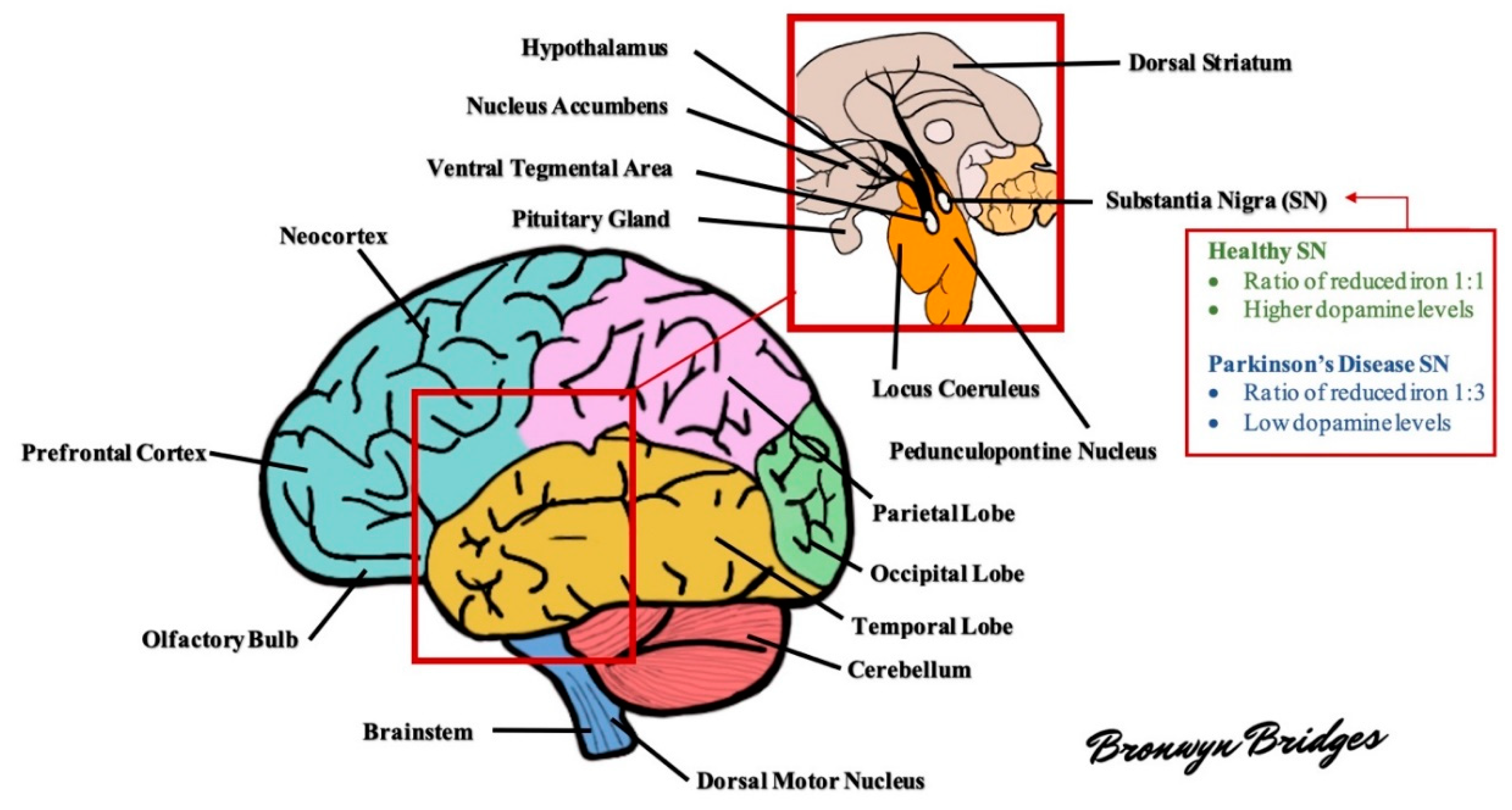



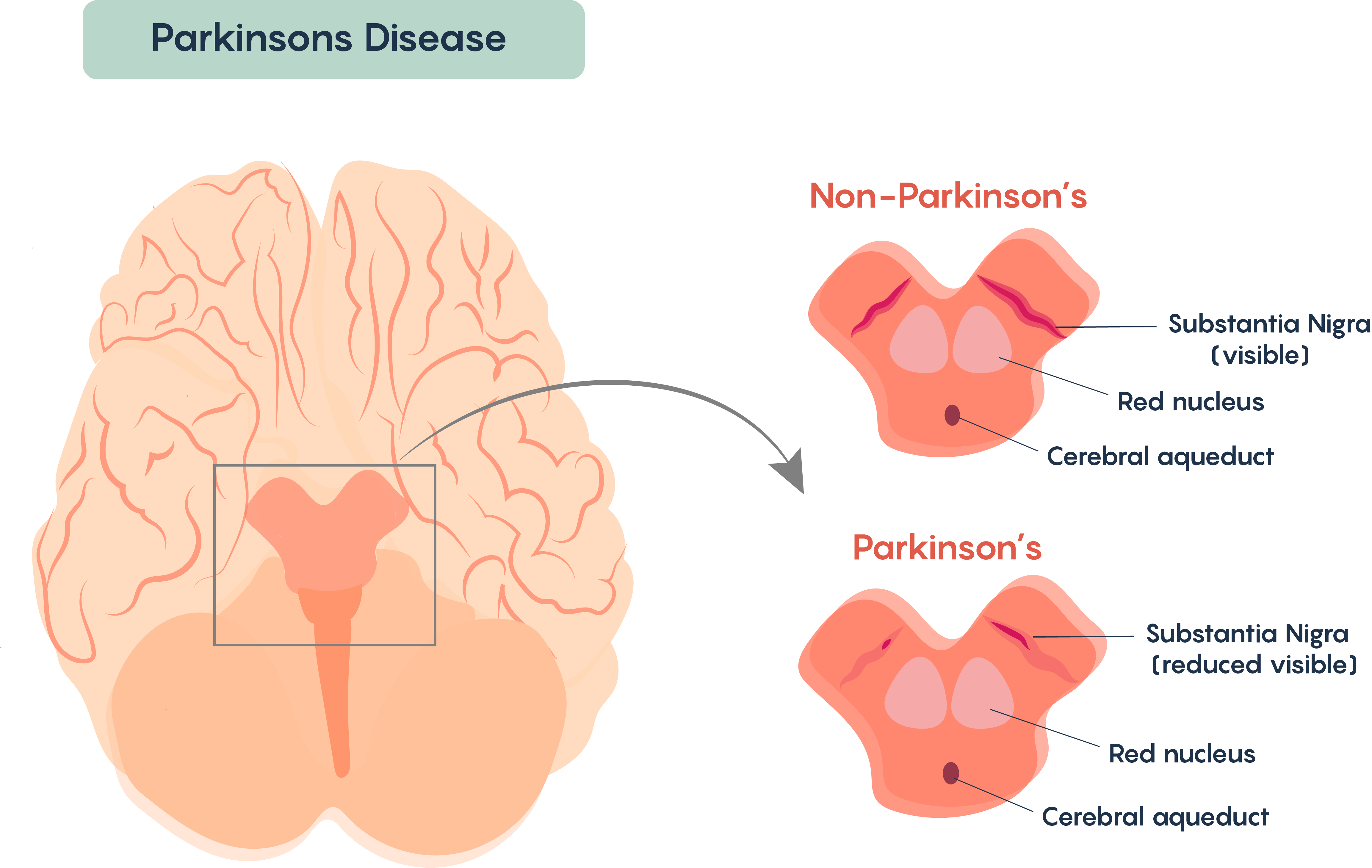

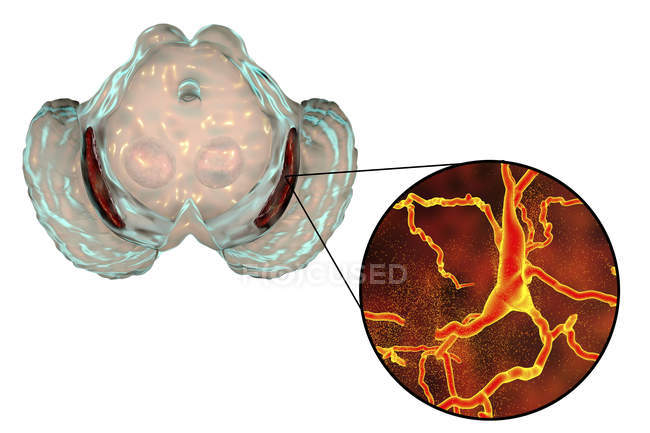

Post a Comment for "Parkinson's Disease Dopaminergic Neurons"